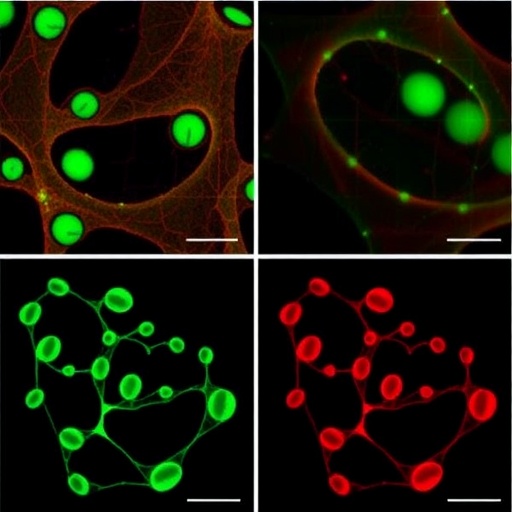
T cell receptors are an important part of the human immune system. They are able to switch their conformation from an inactive to an active state spontaneously without any antigens present. Cholesterol binds and stabilizes inactive receptors, giving it a decisive role in the activation of a T cell. Prof. Dr. Wolfgang Schamel and Dr. Susana Minguet, immunologists from the University of Freiburg, and their team of researchers were able to demonstrate this in a study that has been recently published in the journal Immunity. Researchers previously believed that an antigen like a pathogen must bind to a T cell receptor in order to activate it, thereby triggering an immune response. "We demonstrated that it's not the binding to an antigen that causes the switch in the conformation; it happens spontaneously," said Schamel.
T cells are white blood cells that play an important role in the acquired immune defence. The T cell receptor, which is located in the outer membrane, recognizes antigens – in other words, foreign substances – and binds them. Such a receptor can have two different structures: the resting T cell receptor in an inactive state, and the so-called primed receptor, which is in an active conformation. In the active state, the T cell receptor sets in motion signalling pathways in the T cell that trigger an immune response – the T cell attacks the intruder. Schamel and Minguet discovered that a T cell receptor switches between these two states, even in the absence of an antigen.
When an antigen enters an organism, it can only be bound by a primed T cell receptor, that is by a receptor in the active conformation, and not by a resting receptor. When this happens, the number of active receptors increases, and the T cell is activated. A primed receptor is sufficient to activate a T cell; no binding to an antigen is necessary. This means that, although no antigen is present, an immune response can be erroneously triggered, if there are too many primed receptors. A certain mechanism prevents this: cholesterol, an abundant lipid in the membrane, only binds to receptors in the inactive state and thus stabilizes them. This reduces the number of T cell receptors that spontaneously can switch to the active state, and the T cell is not activated. Only when an antigen binds to a primed T cell receptor will further receptors switch from an inactive to active state and the T cell is activated.
Because only cholesterol can bind to an inactive T cell receptor, this is a specific interaction. "We are among the first researchers to be able to demonstrate a functional effect of an interaction of a lipid with a transmembrane protein," said Schamel, adding: "This interaction regulates the conformation and hence the activity of the receptor." The cell synthesizes the necessary cholesterol itself, meaning ingesting more or less cholesterol through food does not influence the amount of this lipid in the cell membrane.
Wolfgang Schamel is a professor at the Institute of Biology III at the University of Freiburg. He is also a member of the Cluster of Excellence BIOSS Centre for Biological Signalling Studies and the Center for Chronic Immunodeficiency in Freiburg. Susana Minguet is a group leader in Schamel's research lab. Also involved in the study were researchers from the German Cancer Research Center in Heidelberg and the Centro de Biología Moleclar Severo Ochoa in Madrid, Spain.
###
Original publication: Mahima Swamy, Katharina Beck-Garcia, Esmeralda Beck-Garcia, Frederike A. Hartl, Anna Morath, O. Sascha Yousefi, Elaine Pashupati Dopfer, Eszter Molnár, Anna K. Schulze, Raquel Blanco, Aldo Borroto, Nadia Martín-Blanco, Balbino Alarcon, Thomas Höfer, Susana Minguet, Wolfgang W.A. Schamel (2016). A Cholesterol-Based Allostery Model of T Cell Receptor Phosphorylation. Immunity 44 (5), 1091-1101. DOI: http://dx.doi.org/10.1016/j.immuni.2016.04.011
Video abstract: https://www.youtube.com/watch?v=tZE20ThEq7k
Contact:
Prof. Dr. Wolfgang Schamel and Dr. Susana Minguet
BIOSS Centre for Biological Signalling Studies
University of Freiburg
Phone: +49 (0)761?/?203 – 67509
E-Mail: [email protected]
[email protected]
Media Contact
Katrin Albaum
[email protected]
49-761-203-97662
@BIOSSFreiburg
http://www.bioss.uni-freiburg.de




